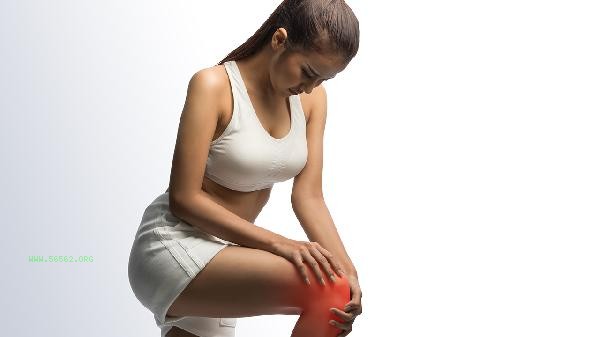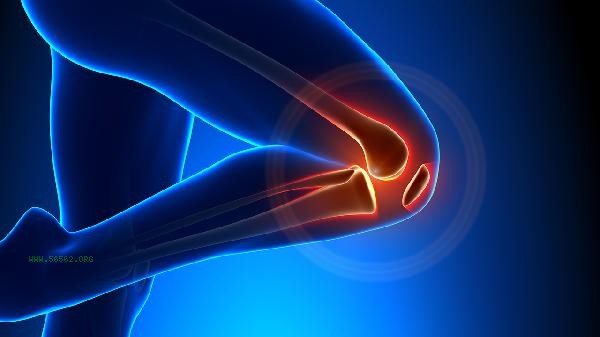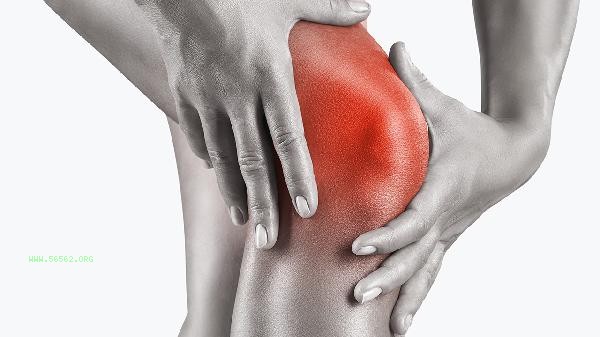Muscle soreness and joint pain may be caused by sports injuries, overwork, inflammatory reactions, degenerative diseases, metabolic abnormalities, and other reasons.

1. Sports injuries
Intense exercise or improper posture may cause muscle strains or joint sprains, leading to local pain. Insufficient warm-up before exercise, sudden increase in exercise intensity, or excessive use of specific muscle groups in repetitive movements can all cause muscle fiber micro tears or soft tissue damage around joints. This type of pain is usually accompanied by swelling and restricted movement, and can be relieved by ice cream during the acute phase.
2. Overwork
Long term maintenance of a fixed posture or repetitive labor can cause chronic strain injuries, such as lower back pain caused by prolonged sitting or wrist joint discomfort caused by keyboard operation. Continuous muscle tension can reduce local blood circulation, accumulate metabolic waste, stimulate nerve endings, and cause soreness.
3. Inflammatory response
Autoimmune diseases such as rheumatoid arthritis or tendinitis can cause synovial inflammation, manifested as morning stiffness and symmetrical pain. Infectious arthritis may also be caused by bacterial or viral invasion of the joint cavity, often accompanied by typical inflammatory manifestations such as redness, swelling, heat, and pain. 4. Degenerative osteoarthritis

is common in middle-aged and elderly people, where the wear of articular cartilage causes direct bone friction and pain, with the knee and hip joints being the most susceptible. Degeneration of intervertebral discs may compress nerve roots and cause radiating muscle soreness.
5. Metabolic abnormalities
The deposition of uric acid crystals in the joint cavity of gout patients can induce severe pain, commonly in the first metatarsophalangeal joint of the foot. When osteoporosis leads to the destruction of trabecular bone structure, slight external forces may cause spinal compression fractures accompanied by muscle spasms and pain.
Daily attention should be paid to sufficient warm-up before and after exercise to avoid sudden increase in exercise intensity. Stretching activities can be performed during work breaks to relieve muscle tension. It is recommended that middle-aged and elderly people regularly check their bone density and uric acid levels, increase their intake of calcium and high-quality protein in their diet, and reduce high purine foods. If the pain persists for more than two weeks or is accompanied by symptoms such as fever and joint deformities, it is necessary to seek medical attention in a timely manner to investigate rheumatic immune diseases or infectious factors.









Comments (0)
Leave a Comment
No comments yet
Be the first to share your thoughts!